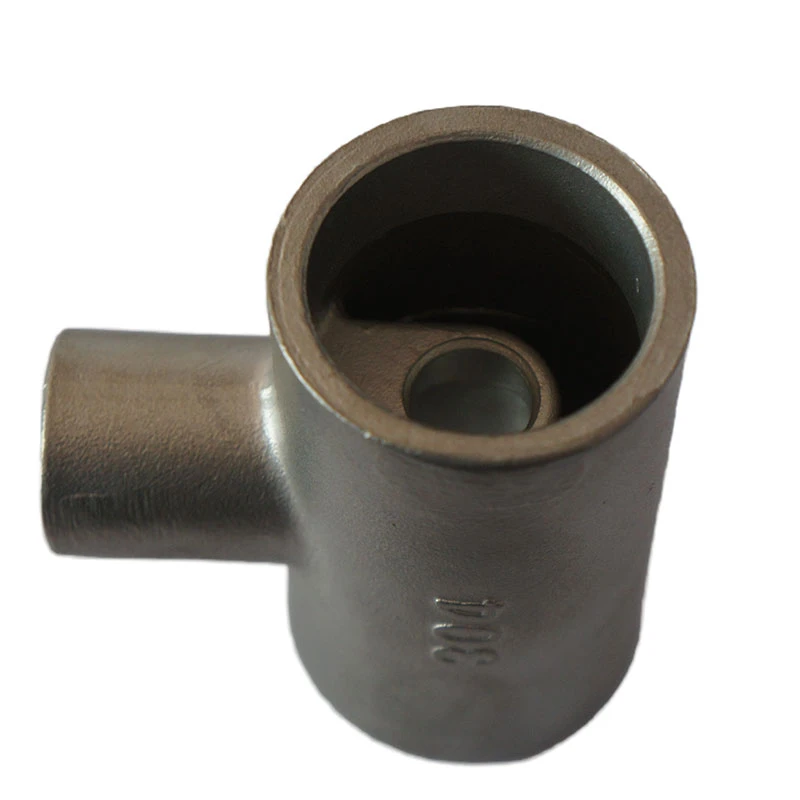Enhancing Die Cast Aluminum with Anodizing Techniques for Better Durability and Aesthetics
Anodizing Die-Cast Aluminum Enhancing Durability and Aesthetics
Aluminum is one of the most widely used metals in various industries, thanks to its lightweight nature, strength, and corrosion resistance. Among the various manufacturing processes involving aluminum, die casting stands out as a popular method for creating intricate and precise components. However, to enhance the performance and appearance of die-cast aluminum products, anodizing has emerged as a highly effective finishing process. This article will delve into the anodizing of die-cast aluminum, exploring its benefits, process, and applications.
What is Anodizing?
Anodizing is an electrochemical process that converts the surface of aluminum into a decorative, durable, corrosion-resistant finish. During anodization, an electric current is passed through the aluminum while it is submerged in an electrolytic solution, usually sulfuric acid. This process results in the formation of a thick, stable oxide layer on the aluminum surface, which not only enhances its aesthetic appeal but also significantly improves its durability.
Benefits of Anodizing Die-Cast Aluminum
1. Corrosion Resistance One of the primary benefits of anodizing die-cast aluminum is the increased resistance to corrosion. The anodized layer protects the underlying aluminum from environmental factors such as moisture, salt, and chemicals. This is particularly important for components used in outdoor applications or harsh environments.
2. Durability and Hardness The anodized layer is significantly harder than the base aluminum, making it more resistant to wear and tear. This toughness prolongs the life of the product and reduces maintenance costs over time. Anodized die-cast aluminum components can withstand impacts and abrasions better than non-anodized counterparts.
3. Aesthetic Improvement Anodizing can create a variety of finishes, from transparent coatings that retain the natural look of aluminum to vibrant colors that enhance the visual appeal of the product. This versatility allows designers and manufacturers to meet specific aesthetic requirements, making anodized die-cast aluminum suitable for consumer products, electronics, and architectural applications.
4. Environmental Sustainability Anodizing is an environmentally friendly process. It does not involve toxic chemicals and produces minimal waste. The anodized layer is also recyclable, contributing to sustainable manufacturing practices and reducing the environmental impact.
The Anodizing Process
The anodizing process for die-cast aluminum involves several key steps
anodizing die cast aluminum

1. Cleaning The first step is to clean the aluminum surface to remove any contaminants, such as oils, grease, or oxidation. This is typically done using alkaline cleaners or solvents.
2. Etching The die-cast aluminum may undergo an etching process to improve the adhesion of the anodized layer. This involves treating the surface with an acidic solution that enhances the surface profile.
3. Anodizing The actual anodization occurs by submerging the aluminum in an electrolytic bath and applying an electric current. The thickness of the anodized layer can be controlled by adjusting the current and processing time, typically ranging from 5 to 20 microns for decorative purposes and beyond 25 microns for functional applications.
4. Coloring (Optional) If desired, color can be imparted during the anodizing process through dyeing. The porous nature of the anodized layer allows dyes to penetrate, resulting in a wide range of color options.
5. Sealing After anodizing, the layer is sealed to close off the pores, enhancing corrosion resistance and preventing fading of the color. This step involves hydrothermal sealing or alternative methods that optimize the protective properties of the anodized surface.
Applications of Anodized Die-Cast Aluminum
Anodized die-cast aluminum finds a multitude of applications across various industries. Common uses include
- Consumer Electronics Mobile devices, laptops, and appliances often utilize anodized aluminum for its sleek appearance and durability. - Automotive Components Many automotive parts, including housings and brackets, benefit from the corrosion resistance offered by anodizing. - Architectural Features Anodized aluminum is frequently used in building facades, window frames, and other architectural elements, enhancing both functionality and aesthetics. - Sporting Goods Products such as bicycles and camping gear leverage anodized finishes for improved performance and visual appeal.
Conclusion
Anodizing die-cast aluminum is a valuable process that enhances the material’s properties, making it more durable, corrosion-resistant, and visually appealing. As industries continue to seek efficient and sustainable solutions, the adoption of anodized die-cast aluminum is likely to grow, reinforcing its status as a preferred choice for manufacturers and consumers alike. By combining aesthetics with functionality, anodized die-cast aluminum stands as a testament to the advancements in material technology and finishing processes.
-
Crawler Drilling Rig - Baoding Hairun|Confined Space Drilling&Mine SafetyNewsAug.15,2025
-
Drill For Confined Spaces-Crawler Mounted Drill Rig | Crawler Drill Rig for SaleNewsAug.15,2025
-
Premium OEM Auto Parts & Stamping - Reliable ManufacturersNewsAug.15,2025
-
Crawler Drilling Rig for Confined Spaces-Baoding Hairun MachineryNewsAug.15,2025
-
Drill For Confined Spaces - Baoding Hairun Machinery And Equipment Trading Co., Ltd.NewsAug.15,2025
-
Advanced Crawler Drilling Rig - Baoding Hairun Machinery | Underground Mining SolutionsNewsAug.14,2025















